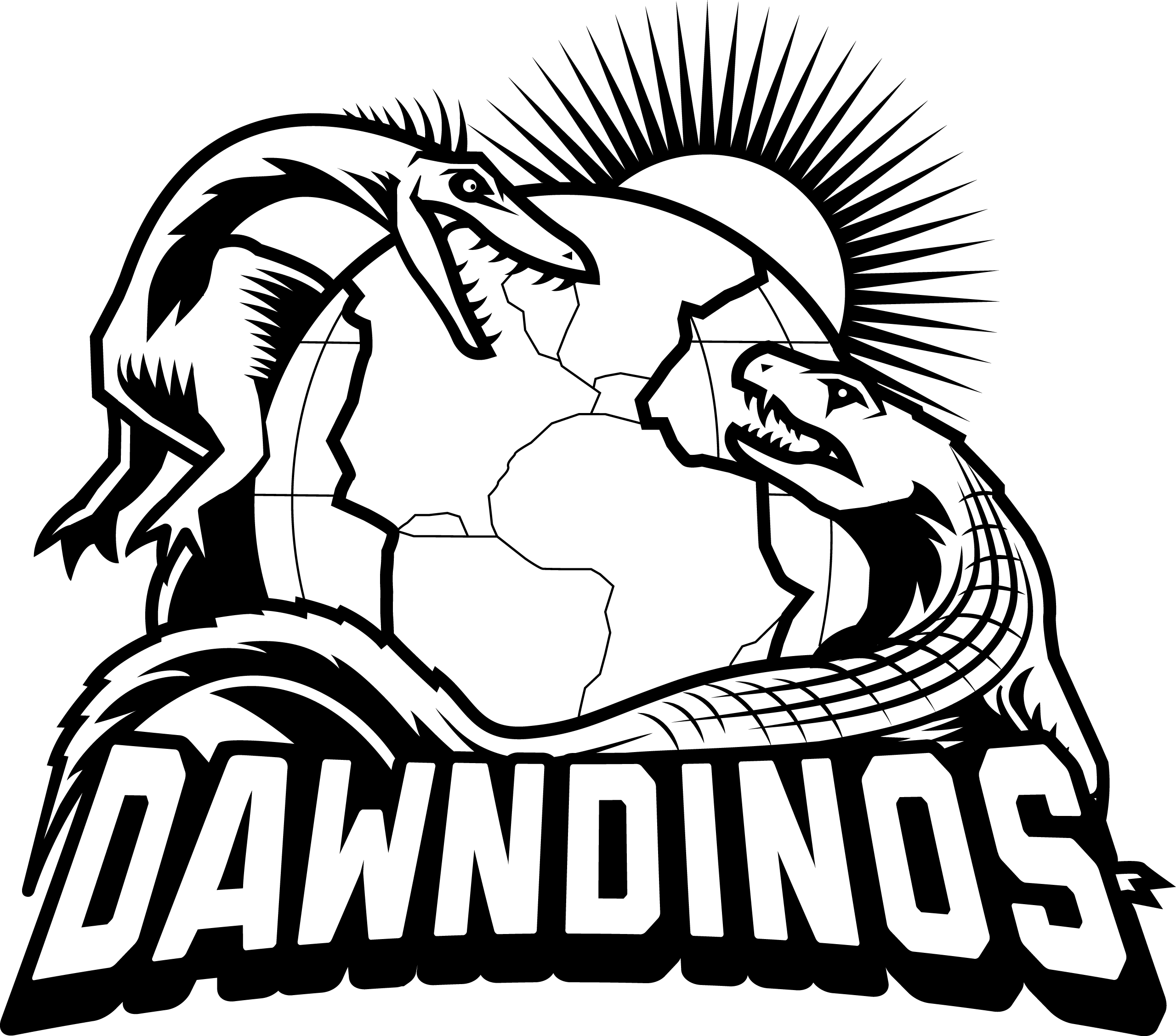The Society for Integrative and Comparative Biology, (SICB) Jan 3-7 2020
Skeletal kinematics and muscle function during locomotion in tinamou, Eudromia elegans
KB Michel PJ Bishop AR Cuff V Allen JR Hutchinson
Royal Vet College UK
The archosaurs are a clade of reptiles that underwent repeated evolutionary acquisition of bipedality throughout their 250 million year history, including the most speciose lineage of bipeds, the birds. Studies of avian locomotion can therefore illuminate locomotor evolution in archosaurs, and the biomechanics of striding bipedalism in general. We collected synchronised marker-based XROMM (biplanar high speed X-ray video) and ground reaction force data to investigate locomotion in Eudromia elegans across a range of walking and running speeds. As palaeognaths, tinamous complement previous studies of other avian species, and can help assess the ancestral state for hindlimb form and function in crown-group birds. Our data show that tinamou use hindlimb kinematics that are largely comparable to those recorded in other species (e.g., guineafowl, ostrich), although some differences do exist, such as markedly greater long-axis rotation of the tibiotarsus. In order to better understand the underlying musculoskeletal mechanisms that control limb movement, we also synthesised our experimental data with a three-dimensional musculoskeletal model of the tinamou hindlimb. The model was based on anatomical dissections, iodine-contrasted micro-tomographic scans and measured segment inertial properties, and includes all the major muscles of the hindlimb. Feeding the experimentally recorded data into the model, we used inverse dynamics to estimate external joint moments, and static optimization to estimate muscle activation patterns during the stride cycle. Our preliminary simulations produced activation patterns consistent with experimental electromyography data, lending confidence to the use of these models for extinct archosaurian bipeds. Further simulation using dynamic optimization approaches will allow us to explore the importance of tendon stretch and recoil in birds during locomotion.
Anatomically Grounded Estimation of Limb Muscle Sizes in Archosauria
99-7 CUFF, AR; BISHOP, PJ; MICHEL, KB; GAIGNET, R;HUTCHINSON, JR*; Structure & Motion Lab, Royal Veterinary College, United Kingdom;
It is commonly assumed that “muscle scars” on bones correspond to the cross-sectional areas of muscle-tendon units. This issue is vital both for understanding morphology itself (e.g. musculoskeletal integration) and for reconstructing musculoskeletal form in extinct taxa. Archosaurian reptiles famously evolved disparate skeletal forms with differences in body size, posture, gait and other aspects of locomotion reflected by variations of the muscle attachments. We tested how well hindlimb muscle sizes can be predicted from skeletal evidence in archosaurs. With a high-precision manual digitizer(±0.01mm), we digitized the bony attachment areas (AA) of all major hindlimb muscles in five juvenile Nile crocodiles and five Elegant-crested tinamous. Additional, lower-precision (~±1mm)older digitized data from an adult ostrich, emu, turkey and chicken were added to our avian dataset for comparison. We measured the physiological cross-sectional areas (PCSAs) of the same muscles for all specimens via dissection. Our prediction was that fleshier attachments would give more consistent estimates of muscle PCSA from AA, whereas more tedious attachments would have more variable PCSA estimates from AA within and across taxa. Examining how well homologous muscles in Crocodylia and Aves preserve consistent PCSA:AA ratios, we found that only a few muscles do. Finally, we show examples how these ratios can be analysed in a phylogenetic context across Archosauria, applying them to fossil specimens; vs. other methods from the literature.

